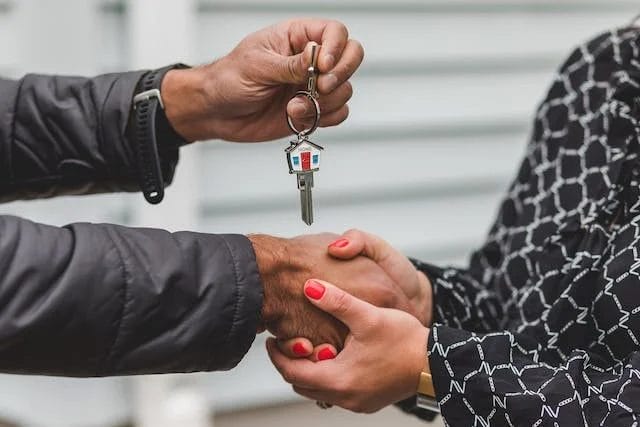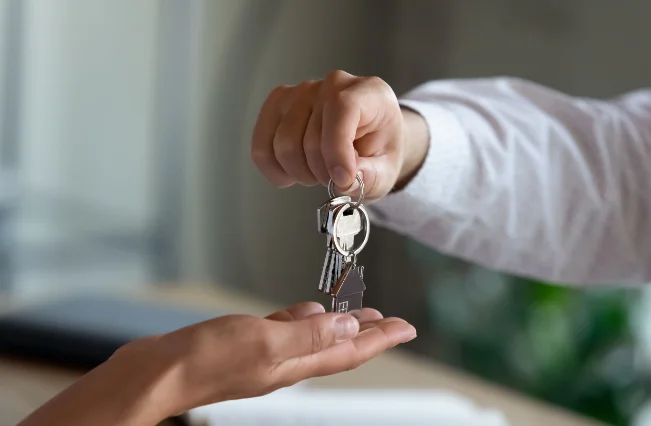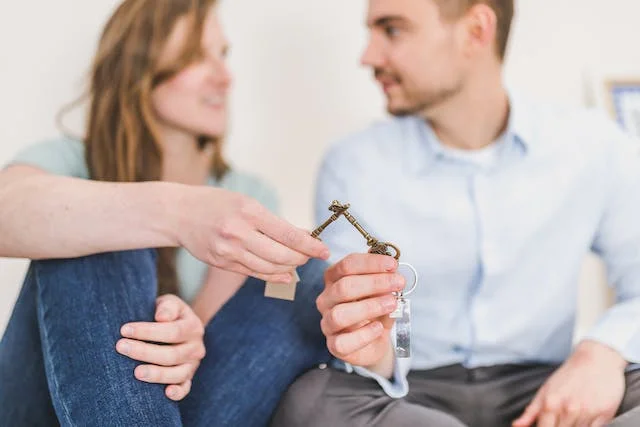Decoding Buy To Let Mortgage Deposit: How Much Deposit Do You Need For A Buy To Let
Investing in property through a buy-to-let mortgage can be a lucrative venture, providing a steady income stream and potential long-term capital growth. However, one crucial factor that aspiring landlords must carefully consider is the deposit required to secure a buy-to-let mortgage. In this article, we will delve into the key aspects of buy-to-let mortgages, explore the factors influencing deposit requirements, and offer insights into how much deposit you might need to embark on this investment journey.
Key Takeaways:
Before we dive into the details, here are five key aspects this article will cover:
- Loan-to-Value Ratio (LTV): Understanding how the LTV ratio influences deposit requirements.
- Rental Income Impact: Exploring how rental income can affect the deposit amount.
- Interest Rates Dynamics: Investigating the relationship between deposit size and the interest rates offered by lenders.
- Credit History’s Role: Recognising how your credit history can impact deposit requirements.
- Property Type and Location Factors: Examining how the type and location of the property influence the deposit amount.
Loan-to-Value Ratio (LTV)
The Loan-to-Value ratio is a fundamental factor in determining the deposit required for a buy-to-let mortgage. LTV represents the percentage of the property’s value covered by the mortgage. In general, lenders may ask for a minimum deposit of 20%, but this can vary based on individual circumstances and lending policies.
Understanding the LTV ratio is crucial, as it sets the foundation for the deposit calculation. The lower the LTV, the higher the deposit required. Aspiring landlords should be prepared to provide a deposit that aligns with the lender’s specific LTV requirements.
Rental Income Impact
Lenders assess the potential rental income generated by the property to gauge its ability to cover mortgage repayments. A higher rental income may influence the lender to offer a lower LTV, which, in turn, reduces the required deposit.
It’s essential for landlords to conduct thorough research on the rental market in the target area. Understanding the rental demand and pricing trends can help in estimating potential rental income. This, in turn, may impact the deposit amount required to secure the mortgage.
Interest Rates Dynamics
The interest rates on buy-to-let mortgages are influenced by the perceived risk to the lender. A larger deposit can potentially secure a lower interest rate, making the mortgage more affordable in the long run. As a landlord, it’s crucial to strike a balance between the deposit amount and the interest rates offered by lenders.
Credit History’s Role
A landlord’s credit history is a key factor considered by lenders when determining the deposit amount for a buy-to-let mortgage. A strong credit profile may enable the borrower to negotiate more favourable terms, including a lower deposit requirement.
Property Type and Location Factors
The type and location of the property can significantly impact the deposit amount required. Lenders may be more conservative with higher deposits for properties in areas with less predictable rental markets or for unconventional property types.
Aspiring landlords need to carefully assess the property type and location and understand how these factors may affect the deposit requirements.
Can I Get a Low Deposit Buy-to-Let Mortgage?

Absolutely! Securing a low deposit buy-to-let mortgage is indeed possible, and it typically involves putting down a minimum of 15% of the property value. Interestingly, you might not even need a cash deposit at all if you have other properties you can leverage. Let’s explore the details below.
Factors Impacting Your Eligibility for a Low Deposit Buy-to-Let Mortgage
While the prospect of a low deposit buy-to-let mortgage is enticing, certain factors may influence your eligibility. These factors include:
- Some types of poor credit
- High debt-to-income ratios
- Employment stability
- Property value falling below expectations
- Loan Purpose
- Loan Term
- Market Conditions
Should you have any questions or concerns, our advisors are here to assist you. Reach out through live chat, phone, or request a call-back for personalised support.
Today’s Low Deposit Buy-to-Let Mortgage Rates
Curious about the current low deposit buy-to-let mortgage rates? To compare rates, click through to our buy-to-let mortgage calculator.
Eligibility for a Low Deposit Buy-to-Let Mortgage
Who can apply for a low-deposit buy-to-let mortgage? From first-time buyers to experienced landlords, eligibility criteria include:
- You must be over 18 years old
- Minimum deposit of 15% of the property value
- Flexible upper age limits at application
- Low personal incomes are accepted
- Property, pension, and employment income are considered
Ready to get started? Request a call-back from our expert advisors.
Getting a Low Deposit Buy-to-Let Mortgage

You can get a low deposit buy-to-let mortgage by putting down a minimum of 15% of the property value. However, you may not need a cash deposit at all if you own other property you can borrow against.
There is a huge array of buy-to-let mortgage products in the market. Each product has its own terms and conditions that must be met to be accepted by the lender.
Currently, the minimum deposit available is 15% of the property value. Therefore, if you are buying a rental property that is worth £250,000, you would need to put down £37,500 as a buy-to-let deposit.
If you do not have this money in cash, there are other ways you could raise it. Say you own the property you live in, with or without a mortgage, you may be able to raise the funds for a deposit from available equity in the property.
Similarly, if you own another rental property, you could raise a buy-to-let deposit for another purchase from that too.
We’ll help you assess the most cost-effective option, considering lender costs. Some deals come with incentives, such as a free valuation or cash back at completion.
Make an enquiry above for a call back with a specialist buy-to-let mortgage advisor.
Key Points Worth Remembering
- The minimum deposit for a buy-to-let mortgage is typically around 20%.
- Consider providing a higher deposit (25% to 40%) for more competitive interest rates.
- Individual circumstances and lender policies can impact the deposit amount.
- Seek professional advice to make informed decisions tailored to your specific situation.
- Factor in additional costs like legal fees and stamp duty when planning your investment.
FAQs on Buy-to-Let Mortgage Deposits:
What is the typical minimum deposit for a buy-to-let mortgage?
The typical minimum deposit for a buy-to-let mortgage is around 20%.
Can I get a buy-to-let mortgage with a low deposit?
Yes, it’s possible to secure a buy-to-let mortgage with a low deposit, often starting from 15%.
Are there other ways to raise a buy-to-let deposit if I don’t have cash?
Yes, you can consider leveraging equity in your existing property, using a gifted deposit, or exploring alternative financing options.
How do interest rates vary based on the deposit size?
Generally, a larger deposit can secure a lower interest rate, leading to more affordable long-term mortgage repayments.
How does my credit history impact the required deposit?
A positive credit history can enable negotiation for more favourable terms, potentially reducing the required deposit.
Do property type and location affect the deposit amount?
Yes, lenders may be more conservative with higher deposits for properties in less predictable rental markets or unconventional property types.
Conclusion
Understanding the deposit requirements for a buy-to-let mortgage is a critical step in the property investment journey. While a 20% deposit is a common starting point, various factors, including LTV ratios, rental income, and property location, can influence the actual amount needed. It is advisable for potential landlords to carefully assess their financial situation, explore different lenders and mortgage products, and seek professional advice to make informed decisions and embark on a successful buy-to-let investment.






